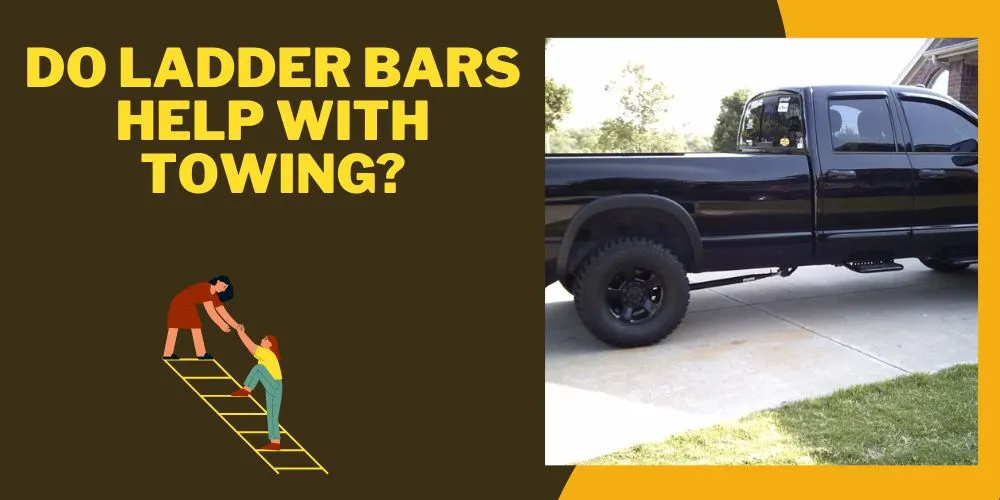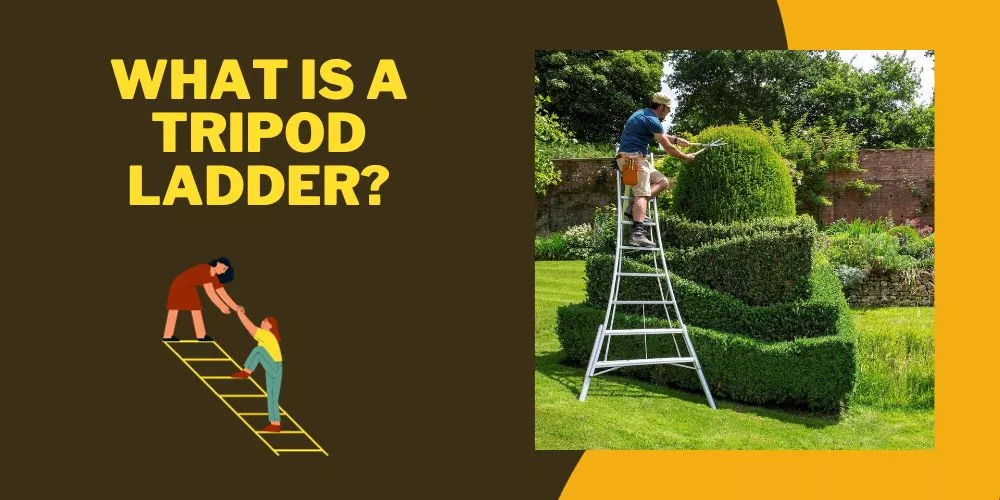Pool ladders play a crucial role in ensuring safety and convenience for pool owners and swimmers alike. However, many pool owners underestimate the impact of UV rays on their pool accessories, including pool ladders. So, are pool ladders UV resistant?
Yes, UV radiation can cause significant damage to pool ladders over time, compromising their structural integrity and lifespan.
In this article, we will explore the importance of UV resistance in pool ladders and discuss the benefits of investing in UV-resistant materials.
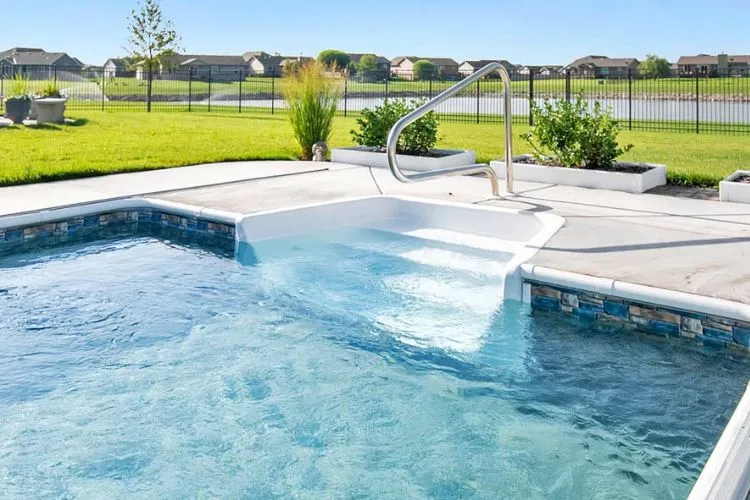
Understanding UV Resistance
UV resistance refers to the ability of materials to withstand the damaging effects of ultraviolet radiation from the sun.
UV rays are a form of electromagnetic radiation that can penetrate and break down certain materials, leading to degradation and discoloration. UV-resistant materials are specifically designed to block or minimize the harmful effects of UV radiation.
Are pool ladders UV resistant?
When it comes to pool ladders, UV resistance is crucial to maintaining their durability and longevity. Pool ladders are constantly exposed to sunlight, making them highly susceptible to UV damage.
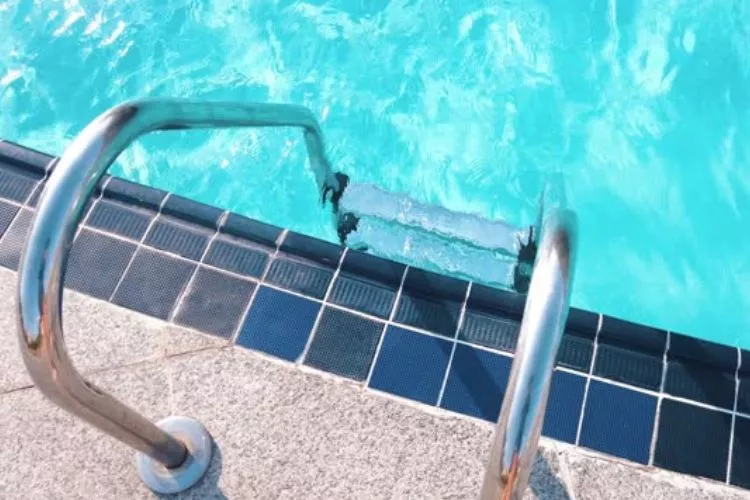
Over time, prolonged exposure to UV rays can cause fading, discoloration, and brittleness in non-UV-resistant materials. This can weaken the ladder’s structure, posing a safety risk for swimmers.
Investing in UV-resistant pool ladders offers several benefits.
Firstly, UV-resistant materials can help maintain the ladder’s appearance despite prolonged exposure to the sun. They minimize or prevent discoloration and fading, ensuring that your pool ladder remains aesthetically pleasing for years.
Secondly, UV-resistant pool ladders are less likely to deteriorate or become brittle over time. This enhanced durability translates to improved safety for swimmers. A structurally sound pool ladder provides a stable and reliable means of entering and exiting the pool, reducing the risk of accidents or injuries.
Factors Affecting UV Resistance
Several factors can affect the UV resistance of pool ladders. Understanding these factors and their impact can help pool owners make informed decisions about their ladder maintenance and care.
- Sunlight Exposure: The intensity and duration of sunlight exposure can significantly impact the UV resistance of pool ladders. Areas with high levels of sunlight exposure may require more frequent replacement or additional UV protection measures.
- Pool Chemicals: Chlorine and other pool chemicals can accelerate the breakdown of pool ladder materials, including their UV resistance. Regular pool maintenance and appropriate chemical balance can mitigate the impact of these chemicals on the ladder’s longevity.
- Cleaning Products: The use of harsh cleaning products not formulated for pool ladder surfaces can strip away protective coatings and affect UV resistance. Using mild, non-abrasive cleaners is recommended to maintain the ladder’s protective properties.
Pro Tips
- Regular Cleaning: Regularly cleaning your pool ladder with mild, non-abrasive cleaners can help maintain its UV resistance. Remove any dirt, debris, or chemical residues to prevent degradation over time.
- Inspection: Routinely inspect your pool ladder for signs of wear, damage, or weakened UV resistance. Look for signs of discoloration, brittleness, or structural issues. Address any problems promptly to ensure the ladder’s safety.
- Proper Storage: If you live in an area with harsh winters or extended periods of low pool usage, consider storing your pool ladder indoors or covering it with a UV-resistant cover. This will protect it from excessive UV damage during times of non-use.
How to Choose the Right Pool Ladder: A Comprehensive Guide
Choosing the right pool ladder is crucial for ensuring safety and convenience for swimmers. With various pool types, ladder types, and materials available, it’s important to consider several factors to make an informed decision.
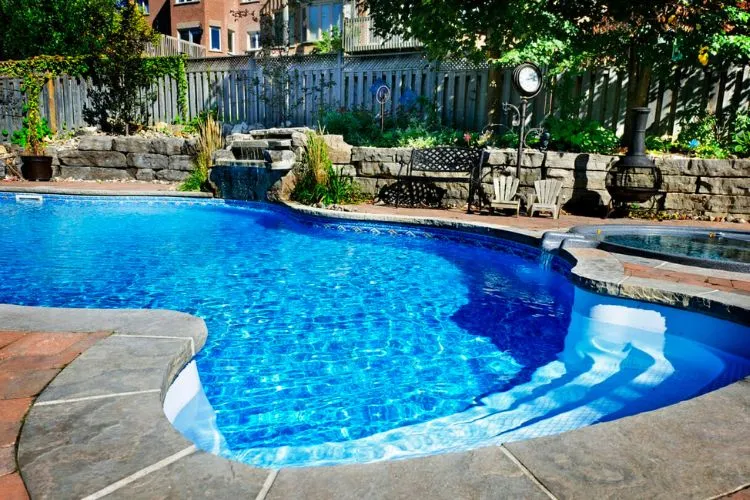
In this guide, we will take a detailed look at the key considerations when selecting a pool ladder.
Pool Type
The type of pool you have will influence the type of ladder that is suitable. Here are the common pool types and their corresponding ladder options:
Above-Ground Pool: For above-ground pools, you’ll need an A-frame or deck-mounted ladder. A-frame ladders rest securely on the pool wall and have removable steps for safety. Deck-mounted ladders attach to the pool deck and provide convenient access.
In-Ground Pool: In-ground pools usually have three main ladder options – A-frame, staircase, or ladder-step hybrid. A-frame ladders are similar to those used in above-ground pools. Staircase-style ladders have wider, deeper steps resembling stairs for added comfort and stability. Ladder-step hybrids feature a combination of ladder-style steps and larger platform steps for versatility.
Ladder Types
Consider the ladder type that will best suit your needs and preferences:
Traditional Ladders: These ladders consist of individual steps or rungs attached to a frame. They are a popular choice for above-ground pools due to their affordability and simplicity.
Staircase Ladders: Staircase-style ladders provide a staircase-like design with a wider and deeper step structure for enhanced safety and comfort. They are often used in in-ground pools and offer easier access, especially for children or individuals with mobility issues.
Ladder-Step Hybrids: These ladders combine ladder-style steps with larger platform steps. They offer the flexibility of ladder-style access and the stability of wider steps for more comfortable entry and exit.
In-Pool Steps: In-pool steps are built-in stairs that seamlessly integrate with the pool structure. They offer a safe and permanent entry point and can enhance the overall aesthetics of the pool.
Material Selection
Different materials have varying levels of durability, maintenance requirements, and aesthetics. The three main materials used for pool ladders are:
Stainless Steel: Stainless steel ladders are known for their durability, resistance to corrosion, and strength. They are an excellent choice for both above-ground and in-ground pools due to their longevity and ability to withstand exposure to pool chemicals.
Aluminum: Aluminum ladders are lightweight and corrosion-resistant. They are commonly used for above-ground pool ladders, as they are easy to install and maintain.
Plastic: Plastic or resin ladders are a budget-friendly option suitable for above-ground pools. They are lightweight, resistant to rust, and often UV-resistant, reducing the risk of discoloration or degradation.
Weight Capacity and Safety Features
It’s crucial to consider the weight capacity of the pool ladder to ensure it can accommodate potential users safely. Most pool ladders have weight limits specified by the manufacturer. Be sure to select a ladder with a weight capacity that exceeds the heaviest user’s weight.
Additionally, look for safety features such as non-slip steps, grip handles, and sturdy construction. These features enhance stability, reduce the risk of accidents, and provide a comfortable experience for pool users.
Installation and Maintenance
Consider the ease of installation and maintenance required for the chosen pool ladder. Some ladders may require professional installation, while others can be easily installed by the pool owner.
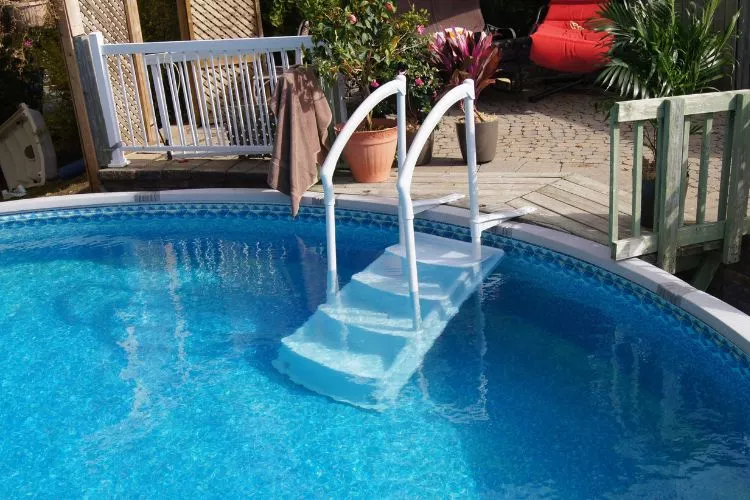
Budget
Lastly, establish a budget for your pool ladder purchase. Ladder prices vary based on the material, type, and additional features. It’s important to strike a balance between quality, safety, and affordability when making your decision.
Choosing the right pool ladder requires careful consideration of factors such as pool type, ladder type, materials, weight capacity, safety features, installation, maintenance, and budget.
By understanding these key considerations, you can select a pool ladder that meets your specific needs and promotes safety, convenience, and enjoyment for everyone using your pool.
Also, inquire about the maintenance needs of the ladder, such as cleaning requirements and any specific care instructions.
You may also find useful: Can A Pool Ladder Rust?
Frequently Asked Questions (FAQs)
What are the best materials for UV-resistant pool ladders?
Stainless steel and certain plastics, such as polyethylene or polypropylene, are known for their UV-resistant properties. These materials are durable, long-lasting, and can withstand prolonged sunlight exposure.
How often should I replace my pool ladder?
The lifespan of a pool ladder depends on various factors, including the quality of materials and maintenance. UV-resistant pool ladders can last anywhere from 5 to 15 years, but regular inspections are necessary to ensure their continued safety and integrity.
Can I apply a UV-resistant coating to my existing pool ladder?
In some cases, it may be possible to apply a UV-resistant coating to an existing pool ladder. However, this depends on the ladder’s material and condition. Consult with a professional pool contractor to determine the best course of action.
Conclusion:
UV resistance is a crucial aspect to consider when choosing a pool ladder. Investing in UV-resistant pool ladders can provide long-term durability, safety, and aesthetics for your pool.
By understanding the importance of UV resistance and implementing proper maintenance practices, you can ensure that your pool ladder remains in excellent condition for years to come.
Remember, a UV-resistant pool ladder will enhance your pool experience while providing peace of mind for swimmers of all ages.

